
Date: 2025-12-13 Page is: DBtxt003.php txt00025063
CLIMATE CHANGE
IMPACTS FROM US AND CHINA
NYT: U.S. and China on Climate: How the World’s Two Largest Polluters Stack Up
From gas emissions to electric vehicles, here is how the world’s two biggest
economies — and polluters — compare on taking steps to confront climate change.
IMPACTS FROM US AND CHINA
NYT: U.S. and China on Climate: How the World’s Two Largest Polluters Stack Up
From gas emissions to electric vehicles, here is how the world’s two biggest
economies — and polluters — compare on taking steps to confront climate change.
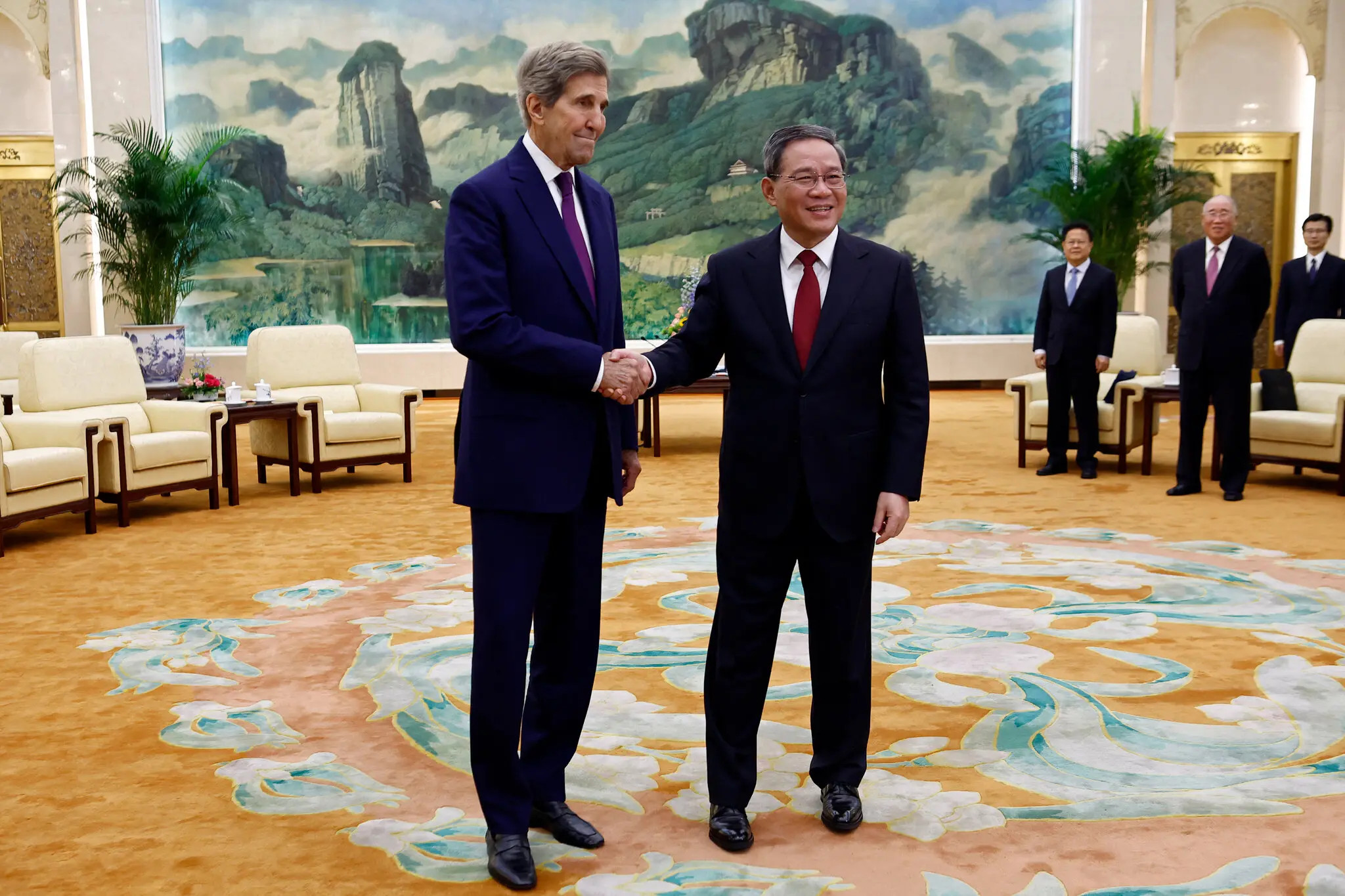
John Kerry, President Biden’s climate envoy, shaking hands with Premier Li Qiang of China in an ornate room in the Great Hall of the People in Beijing. Credit...Pool photo by Florence Lo
Original article: https://www.nytimes.com/2023/07/19/climate/us-china-climate-issues.html
Peter Burgess COMMENTARY
I get quite annoyed when journalists compare the total emissions of China with the total emissions of the United States without making any reference at all to the fact that the population causing emissions in China is about four (4) times the population of the United States.
Accordingly the emissions per capita in the United States are about four (4) times that of China.
Actually it is even worse than this. Much of the production (that causes pollution) in China is of goods that are delivered to markets outside China, including the United States. This part of US consumption creates emissions mainly in China with almost nothing in the USA.
Looked at another way ... that is by comparing the cumulative total of emissions from the USA with the cumulative total of emissions from China, the cumulative emissions from the USA a massively higher than the cumulative emissions from China. Yes ... China is catching up, but the cause of climate warming now (in 2023) is much more to do with the USA ... and Europe ... than it is to do with China and India and the rest of the world.
Why are journalists not making this point? Why do Americans ... and Europeans ... accept the sloppy analysis and reporting that has become the norm. Why are scientists not taking issue with the sloppiness in the public discord in the USA, Europe and the totality of the old rich countries of the world.
Maybe it has something to do with the problem of 'Inconvenient Truth' that Al Gore popularized more than 20 years ago!
Peter Burgess
From gas emissions to electric vehicles, here is how the world’s two biggest economies — and polluters — compare on taking steps to confront climate change.
Written by Lisa Friedman ... Reporting from Beijing
July 19, 2023
John Kerry, President Biden’s climate change envoy, wraps up high-level talks with Chinese officials on Wednesday aimed at finding ways to work together on climate change despite simmering tensions between the two world powers.
The United States and China are the world’s largest greenhouse gas emitters as well as the world’s green tech powerhouses. If they can agree to speed plans to cut greenhouse gas emissions, it could be consequential for the world’s ability to stay within safe limits of global warming.
But there are significant hurdles, including longstanding tensions over China’s insistence that it is a developing country that should have more leeway to pollute, and U.S. efforts to challenge China’s dominance in clean technology manufacturing. In recent years, Chinese officials have also warned that broader disputes in the bilateral relationship, which Beijing has blamed largely on the United States, will undermine cooperation on combating climate change.
Here are some figures that illustrate the complex energy relationship between the United States and China.
Greenhouse Gas Emissions, Past and Future
China, the world’s biggest emitter of carbon dioxide, produces 12.7 billion metric tons of emissions annually. That dwarfs U.S. emissions, currently about 5.9 billion tons annually. Still, those numbers don’t tell the whole story.
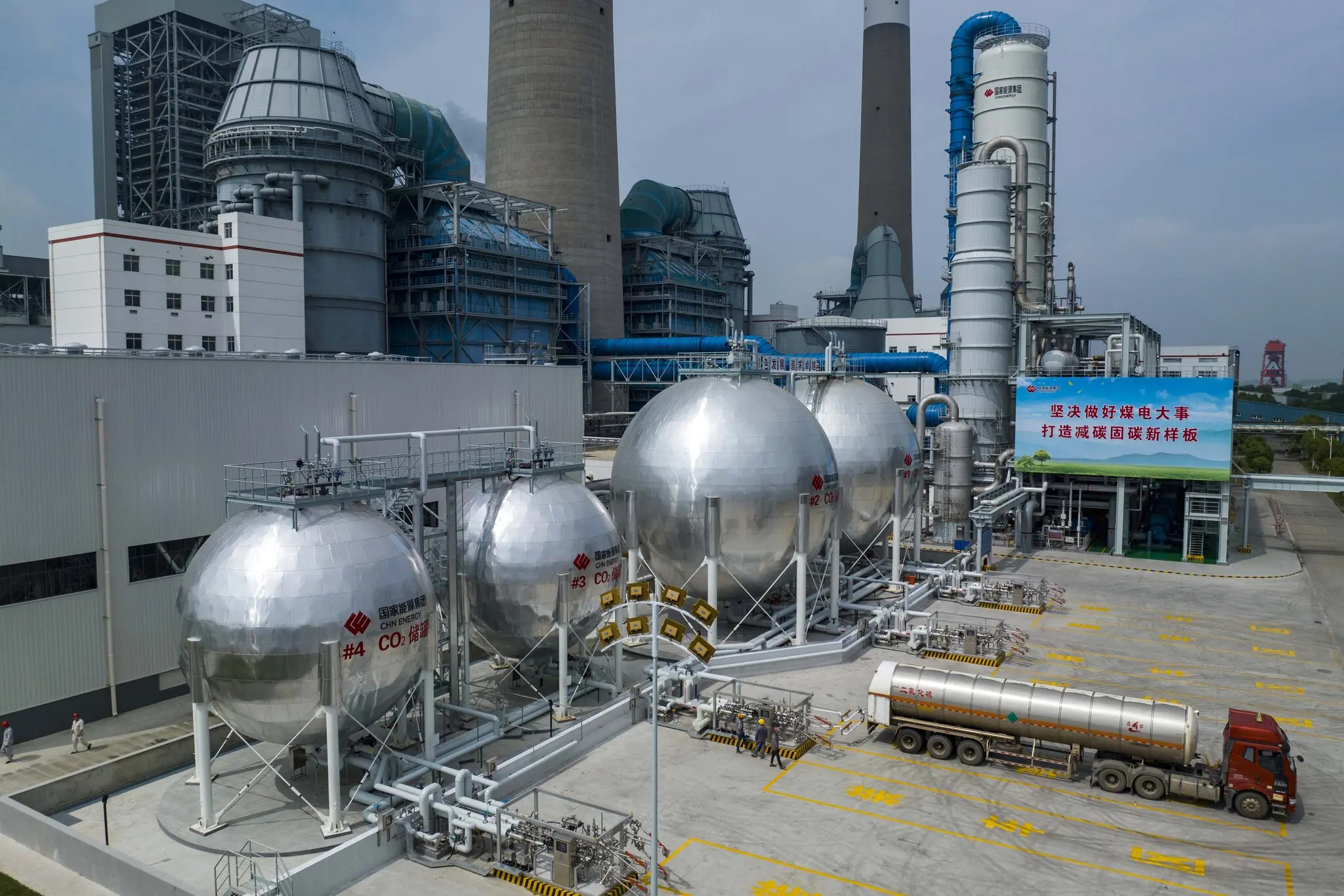
A truck outside a huge coal-fired power plant in Taizhou, China.
Workers in Taizhou, China, in June loading carbon dioxide at a coal-fired power plant
run by China Energy Investment Corporation. Credit...Xinhua/EPA, via Shutterstock
Since 1850, China has emitted 284 billion tons of carbon dioxide. But the United States, which industrialized far earlier, has released almost twice that amount: 509 billion tons of emissions. In the climate negotiations, cumulative emissions are considered a point of accountability: countries with higher historic emissions have a higher burden of responding.
The average Chinese person uses far less energy than the average American, about 10.1 tons of carbon pollution annually compared to 17.6 tons in the U.S., according to analyses from the Rhodium Group.
Climate Targets, Climate Progress
Under the Obama administration, the United States agreed to cut emissions at least 26 percent below 2005 levels by 2025. President Biden beefed up that target, promising the United States would slash emissions 50-52 percent from those levels by the end of the decade. The United States also promised to stop new emissions by 2050.
China promised in the Paris Agreement to reach its peak emissions by 2030. It also pledged to increase the share of its non-fossil fuel energy like wind, solar and nuclear, to 25 percent. In 2021, President Xi Jinping of China said the country would become carbon neutral by 2060.
Analysts have said the United States has put itself within striking distance of meeting its 2030 goal with new laws and regulations. Those include $370 billion in clean energy investments through the Inflation Reduction Act, which Mr. Biden signed last year, and pending restrictions on emissions from automobile tailpipes and electricity generation.
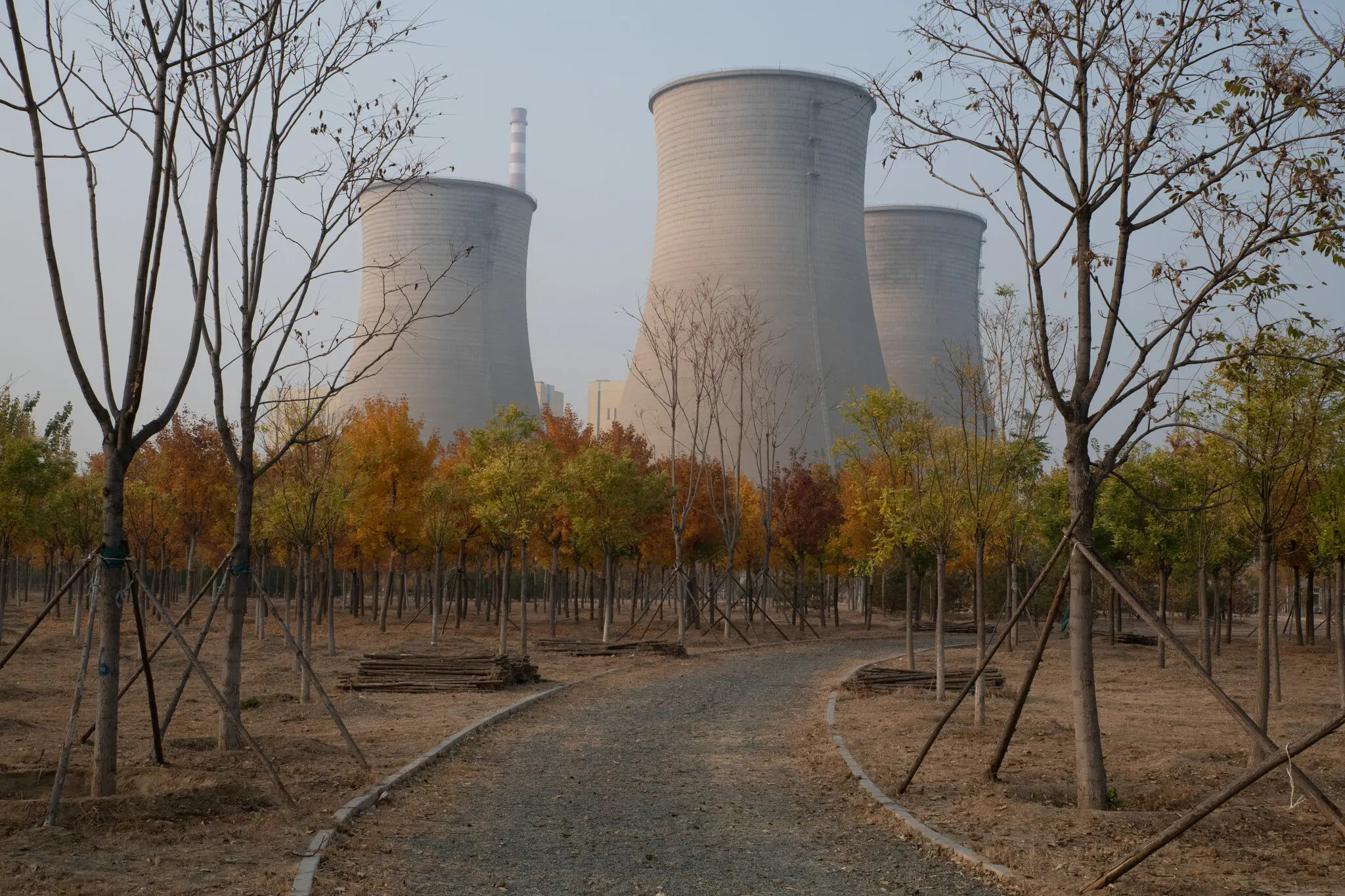
A coal-fired power plant in Beijing last year.Credit ... Gilles Sabrie for The New York Times
China is also on track to meet its near-term goals, despite a significant recent uptick in the construction of coal-fired power plants. China has included domestic climate targets in its most recent five-year plan, including ensuring that zero-emissions fuels make up 25 percent of energy consumption and half of installed generation.
Oil, Gas and Coal
The United States consumes 20 percent of the world’s oil and China consumes about 14 percent. The United States is also a top oil exporter. China imports most of its oil.
In the United States, a shift from coal to natural gas, a cheaper resource, has helped lower greenhouse gas emissions. Natural gas now accounts for about 30 percent of energy use in the United States. In China, natural gas, most of it imported, accounts for 9 percent of its energy mix, according to the U.S. Energy Information Association.
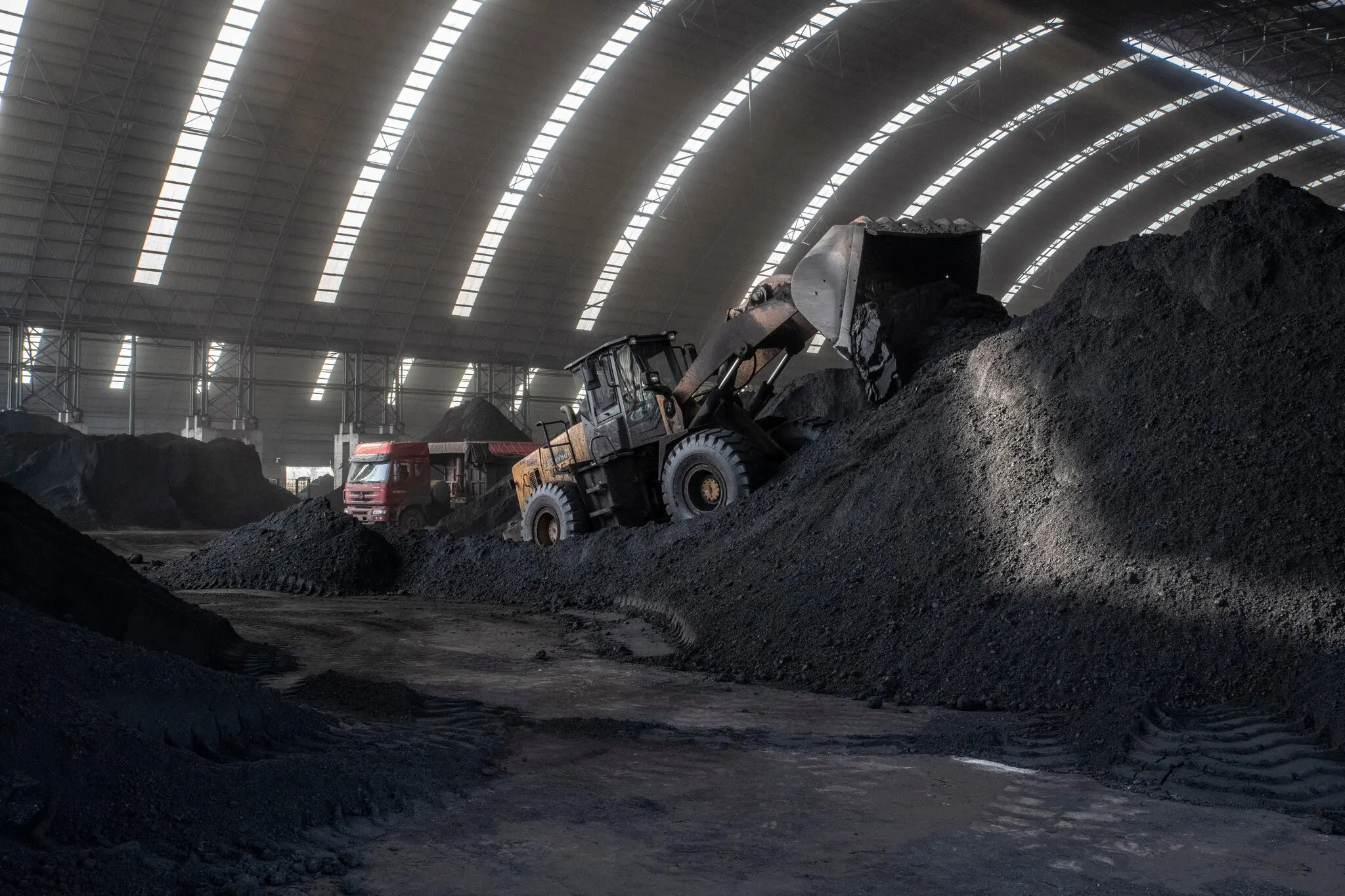
A bulldozer moving coal inside a warehouse in Jiexiu, China, in 2021. Credit...Gilles Sabrie for The New York Times
The United States has not built a new coal plant since 2013. There has been a 40 percent decline in coal-fired power generation in America over the last decade, according to the Energy Information Administration. China burns more coal than the rest of the world combined. A study last year found China permitted a total of 106 gigawatts of new coal power projects in 2022, the equivalent of two large coal power plants per week.
Wind, Solar and EVs
China manufactures more solar panels, wind turbines and electric vehicle batteries than any other nation. In 2022 China invested $546 billion into clean energy. The United States invested $141 billion.
China’s renewables capacity surpassed 1,000 gigawatts in 2021, four times what it had a decade earlier. Wind and solar now exceed 300 gigawatts each and forecasts predict the country will add up to 150 gigawatts soon. Hydropower accounts for 16 percent of China’s power generation and nuclear energy provides 5 percent. One in four cars sold in China last year was an electric vehicle.
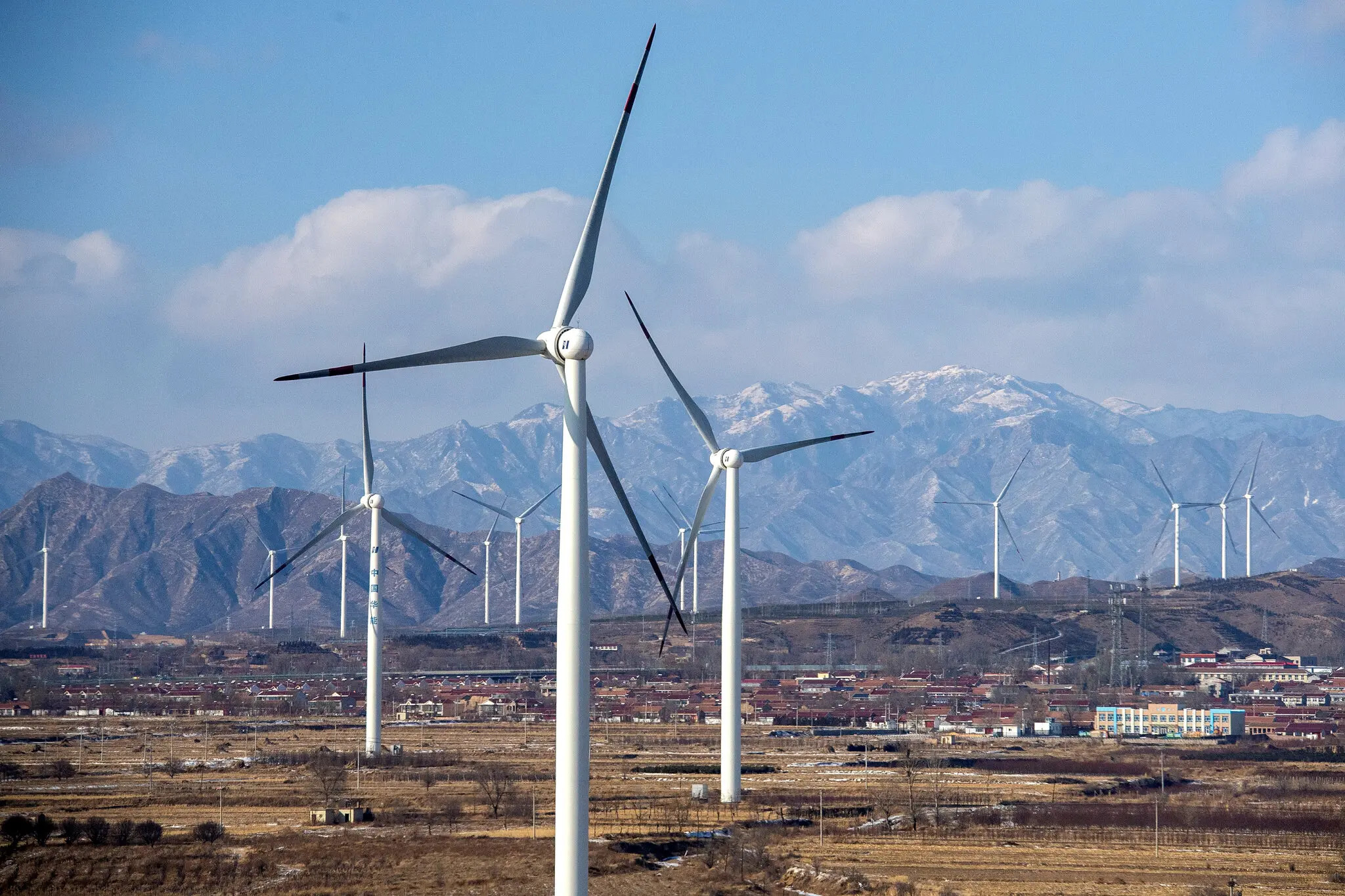
Wind turbines seen from the window of the high-speed train that runs between Beijing and Zhangjiakou. Credit...James Hill for The New York Times
In the United States, wind, solar, hydroelectric power and other forms of renewable power accounted for 21 percent of the energy mix in 2021. In the United States, one in 17 new cars sold last year was electric.
Under the Inflation Reduction Act, the United States is poised to invest $370 billion over 10 years into wind, solar, green hydrogen, nuclear energy and other non-fossil fuel power.
Have Climate Questions? Get Answers Here.
What’s causing global warming? How can we fix it? This interactive F.A.Q. will tackle your climate questions big and small.
Lisa Friedman reports on federal climate and environmental policy from Washington. She has broken multiple stories about the Trump administration’s efforts to repeal climate change regulations and limit the use of science in policymaking. More about Lisa Friedman
A version of this article appears in print on July 20, 2023, Section A, Page 6 of the New York edition with the headline: U.S. and China on Climate: How the World’s Two Largest Polluters Stack Up. Order Reprints | Today’s Paper | Subscribe
Relations Between China and the U.S.
- Climate Talks: The United States is restarting negotiations with the Chinese government with the goal of finding ways to work together on climate change despite tensions between the two countries, which are the world’s largest greenhouse gas emitters. Here’s what to know.
- Looming Restrictions: Efforts to ease tensions could be undermined as the White House presses ahead with plans to impose new restrictions on American investments in Chinese companies involved in quantum computing, A.I. and semiconductors.
- A Silicon Blockade: The Biden administration thinks it can preserve America’s technological primacy by cutting China off from advanced computer chips. Could the plan backfire?
- U.S.-China Relationship, by the Numbers: Despite their increasingly intense rivalry, the world’s two largest economies remain integral partners in many ways. These figures illustrate the links between them.
- Gretchen Whitmer Would Like You to Meet ‘Governor Barbie’
- New Zealand’s Fruit-Rich Ice Cream Gets a Sugary American Makeover
- The Perpetual Stew Is More About Community Than Cuisine